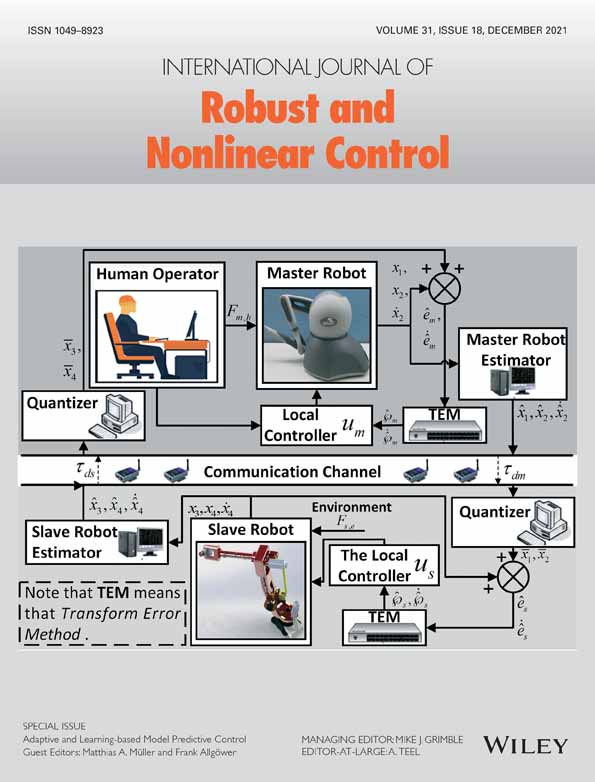Bounded inputs total energy shaping for a class of underactuated mechanical systems
Abstract
Designing control systems with bounded input is a practical consideration since realizable physical systems are limited by the saturation of actuators. The actuators' saturation degrades the performance of the control system, and in extreme cases, the stability of the closed-loop system may be lost. However, actuator's saturation is typically neglected in the design of control systems, with compensation being made in the form of overdesigning the actuator or by postanalyzing the resulting system to ensure acceptable performance. The bounded input control of fully actuated mechanical systems has been investigated in multiple studies, but it is not generalized for underactuated mechanical systems. This article proposes a systematic framework for finding the upper bound of control effort in underactuated systems, based on interconnection and the damping assignment passivity based control approach. The proposed method also offers design variables for the control law to be tuned, considering the actuator's limit. The primary difficulty in finding the control input upper bounds is the velocity-dependent kinetic energy-related terms. Thus, the upper bound of velocity is computed using a suitable Lyapunov candidate as a function of closed-loop system parameters. The validity and application of the proposed method are investigated in detail through two benchmark systems simulations.
CONFLICT OF INTEREST
The authors declare no potential conflict of interest.
Open Research
DATA AVAILABILITY STATEMENT
Data sharing is not applicable to this article as no datasets were generated or analyzed during the current study.




